Rising Geriatric Population
The rising geriatric population is a significant driver for the Nuclear Medicine Therapeutic Alpha Beta Emitters Brachytherapy Industry Market. As individuals age, the incidence of cancer increases, necessitating effective treatment options tailored to older patients. Brachytherapy, with its localized approach and reduced side effects, is particularly suitable for this demographic. The World Health Organization projects that the global population aged 60 and above will double by 2050, leading to a higher demand for cancer therapies. This demographic shift is likely to influence healthcare strategies, prompting a greater focus on the Nuclear Medicine Therapeutic Alpha Beta Emitters Brachytherapy Industry Market. As healthcare systems adapt to the needs of an aging population, the market for brachytherapy is expected to expand, providing innovative solutions for cancer treatment.
Increasing Incidence of Cancer
The rising incidence of cancer worldwide is a primary driver for the Nuclear Medicine Therapeutic Alpha Beta Emitters Brachytherapy Industry Market. As cancer cases escalate, the demand for effective treatment modalities intensifies. According to recent statistics, cancer is projected to affect millions annually, necessitating innovative therapies. Brachytherapy, utilizing alpha and beta emitters, offers localized treatment with minimal side effects, making it an attractive option for patients and healthcare providers alike. This trend is likely to propel investments in research and development, further enhancing the capabilities of the Nuclear Medicine Therapeutic Alpha Beta Emitters Brachytherapy Industry Market. As healthcare systems adapt to the growing burden of cancer, the integration of advanced brachytherapy techniques is expected to expand, potentially leading to improved patient outcomes and increased market share.
Technological Innovations in Brachytherapy
Technological advancements in brachytherapy are significantly influencing the Nuclear Medicine Therapeutic Alpha Beta Emitters Brachytherapy Industry Market. Innovations such as real-time imaging, improved dosimetry, and enhanced delivery systems are revolutionizing treatment protocols. These advancements facilitate more precise targeting of tumors, thereby minimizing damage to surrounding healthy tissues. The introduction of new isotopes and delivery mechanisms is also enhancing the efficacy of treatments. As a result, healthcare providers are increasingly adopting these technologies, which could lead to a surge in market growth. The ongoing research into novel alpha and beta emitters is expected to further refine treatment options, making the Nuclear Medicine Therapeutic Alpha Beta Emitters Brachytherapy Industry Market more competitive and appealing to both practitioners and patients.
Regulatory Support and Reimbursement Policies
Regulatory support and favorable reimbursement policies are pivotal in shaping the Nuclear Medicine Therapeutic Alpha Beta Emitters Brachytherapy Industry Market. Governments and health authorities are increasingly recognizing the importance of innovative cancer treatments, leading to streamlined approval processes for new brachytherapy products. Additionally, reimbursement frameworks that cover brachytherapy procedures encourage healthcare providers to adopt these technologies. This supportive environment fosters investment in research and development, which is essential for the advancement of the Nuclear Medicine Therapeutic Alpha Beta Emitters Brachytherapy Industry Market. As reimbursement policies evolve to favor effective cancer treatments, the market is likely to experience accelerated growth, benefiting both manufacturers and patients.
Growing Awareness and Acceptance of Brachytherapy
The growing awareness and acceptance of brachytherapy as a viable treatment option is a crucial driver for the Nuclear Medicine Therapeutic Alpha Beta Emitters Brachytherapy Industry Market. Educational initiatives and patient advocacy have played a significant role in informing both healthcare professionals and patients about the benefits of brachytherapy. As more patients seek information about their treatment options, the demand for effective therapies like brachytherapy is likely to increase. This shift in perception is supported by clinical evidence demonstrating the effectiveness of alpha and beta emitters in treating various cancers. Consequently, the Nuclear Medicine Therapeutic Alpha Beta Emitters Brachytherapy Industry Market is poised for growth as acceptance of these therapies continues to rise, potentially leading to increased utilization in clinical settings.


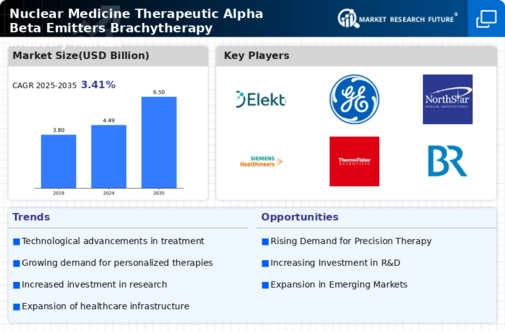
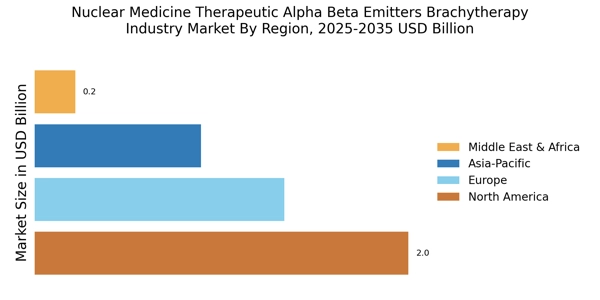

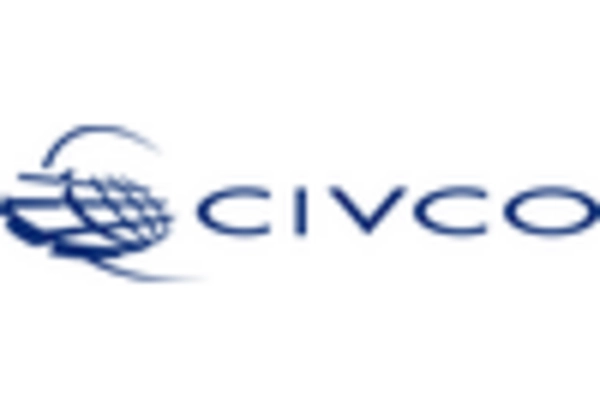
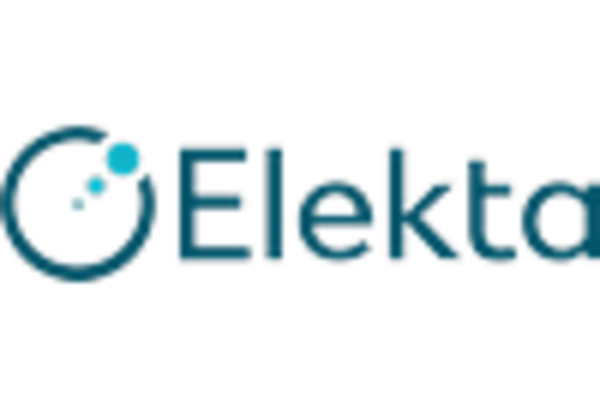
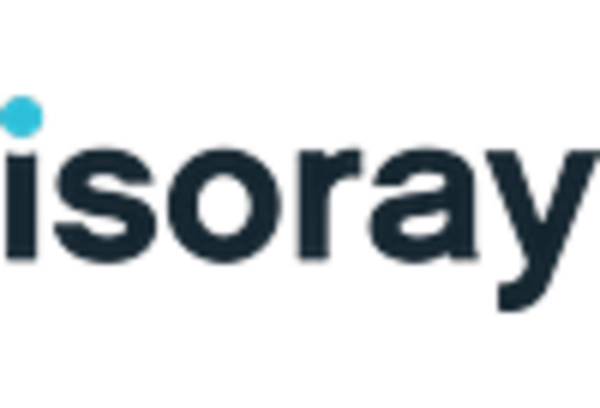
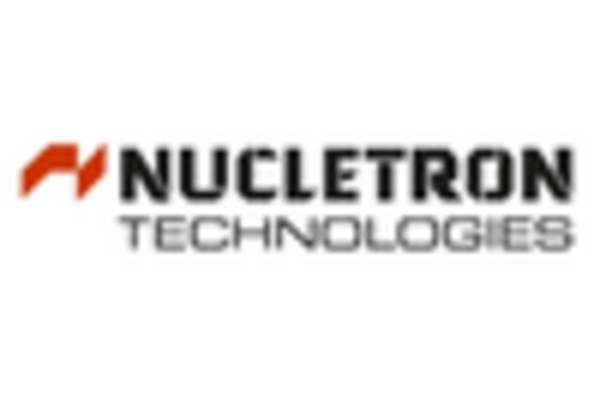
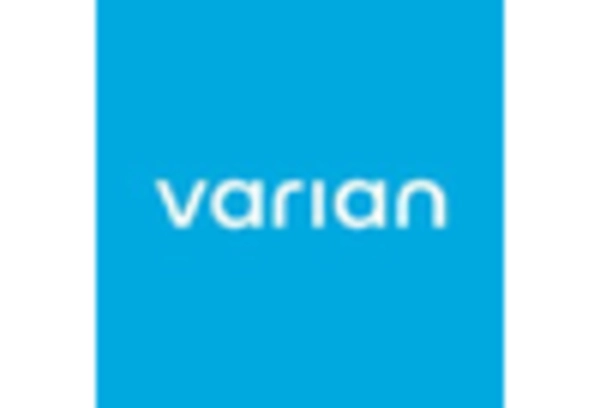








Leave a Comment